Step into Yoko Ono’s immersive world at Tate Modern
‘Yoko Ono: Music of the Mind’ spans the artist and activist's work from the 1950s to the present day
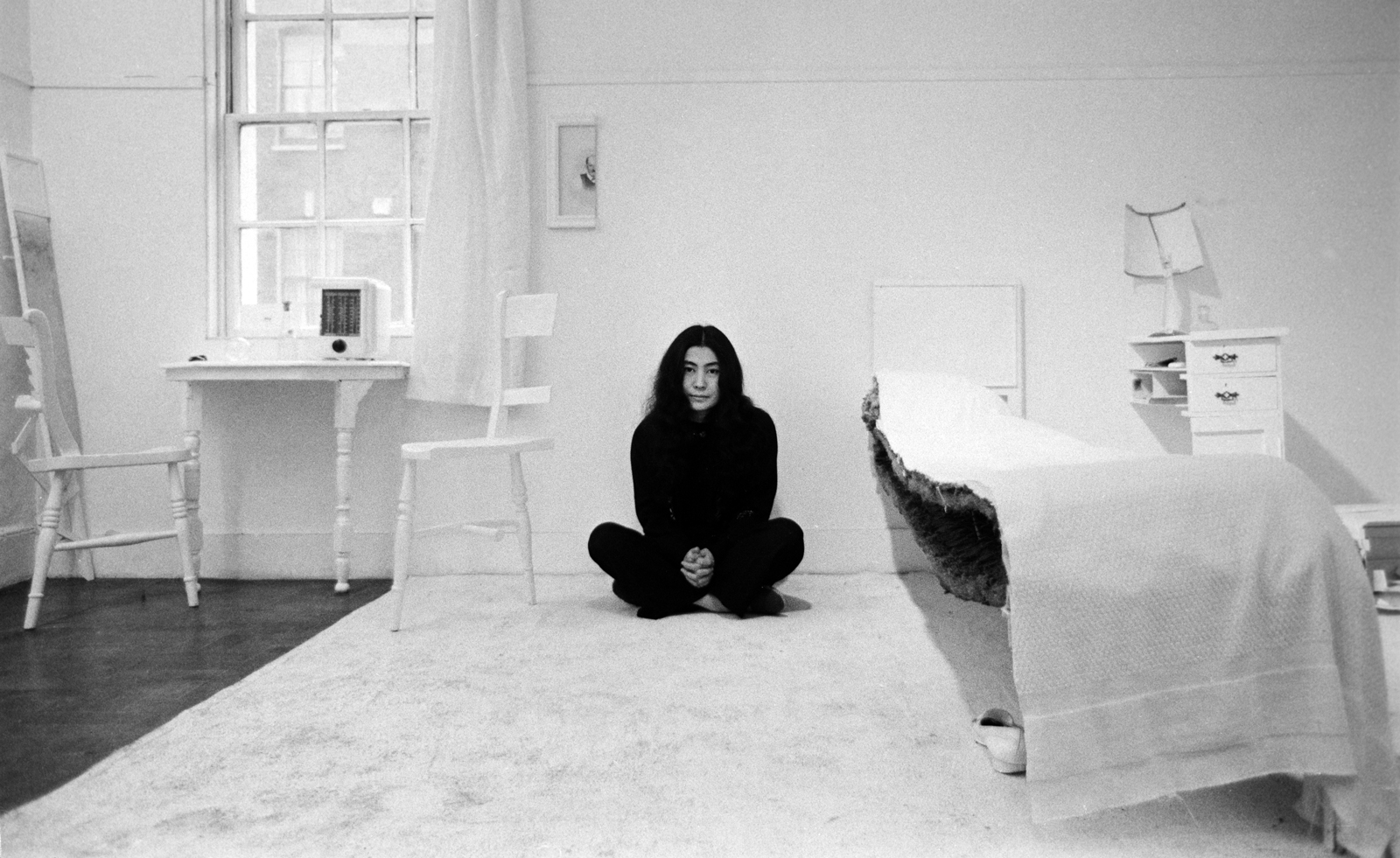
‘Yoko Ono: Music of the Mind’ at Tate Modern is an exhibition that wants you to get involved, fittingly for an artist and activist who has long considered participation to be integral to her art. It’s the thread that runs throughout the show, her largest UK retrospective, tracing her multidisciplinary work from the 1950s to date in an immersive experience that’s faithful to the instructive core at the heart of Ono’s work.

Yoko Ono, Freedom 1970. Courtesy the artist
A chronological narrative takes us from Ono’s childhood in Tokyo, Japan, to her evacuation to the countryside during the Second World War and subsequent move to New York, where she conceived her first works. The instructive elements in her art are clear early on, in pieces that encouraged viewers to light a match. The idea is explored in three parts here – in the instruction itself, the performance, and the film.
Yoko Ono at Tate Modern
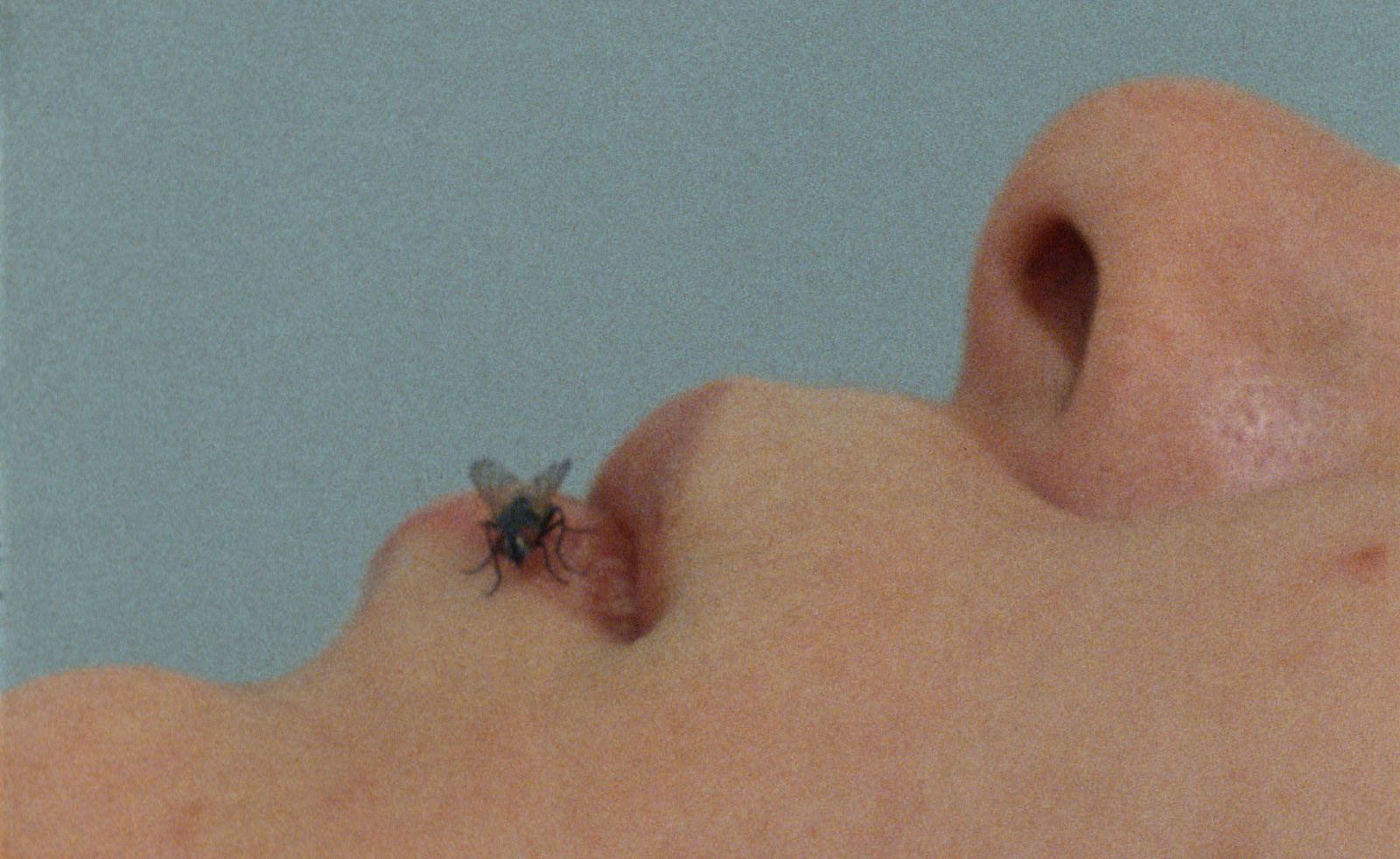
Yoko Ono, FLY, 1970-71. Courtesy the artist
This sets the pattern for the rest of the exhibition. Through her art, Ono instructs us – play chess with all-white pieces until you can’t remember where your pieces are, remove your shoes and carry out activities inside a black bag, hammer a nail, add colour to a white boat in a reflection of displacement, write a message to your mother – and as visitors to the exhibition, we can faithfully obey.

Yoko Ono, Add Colour (Refugee Boat), 2016, at MAXXI Foundation. Photo © Musacchio, Ianniello & Pasqualini
The exhibition lingers on Ono’s five-year stay in London, from 1966, as a turning point in the radical nature of her work, tracing the connections she made with artists, writers and musicians, including husband and collaborator John Lennon. A multimedia approach invites us in, from 1969 film Bed Peace, showing the couple’s second ‘bed-in’ event, and the resulting media scourge that ensued.
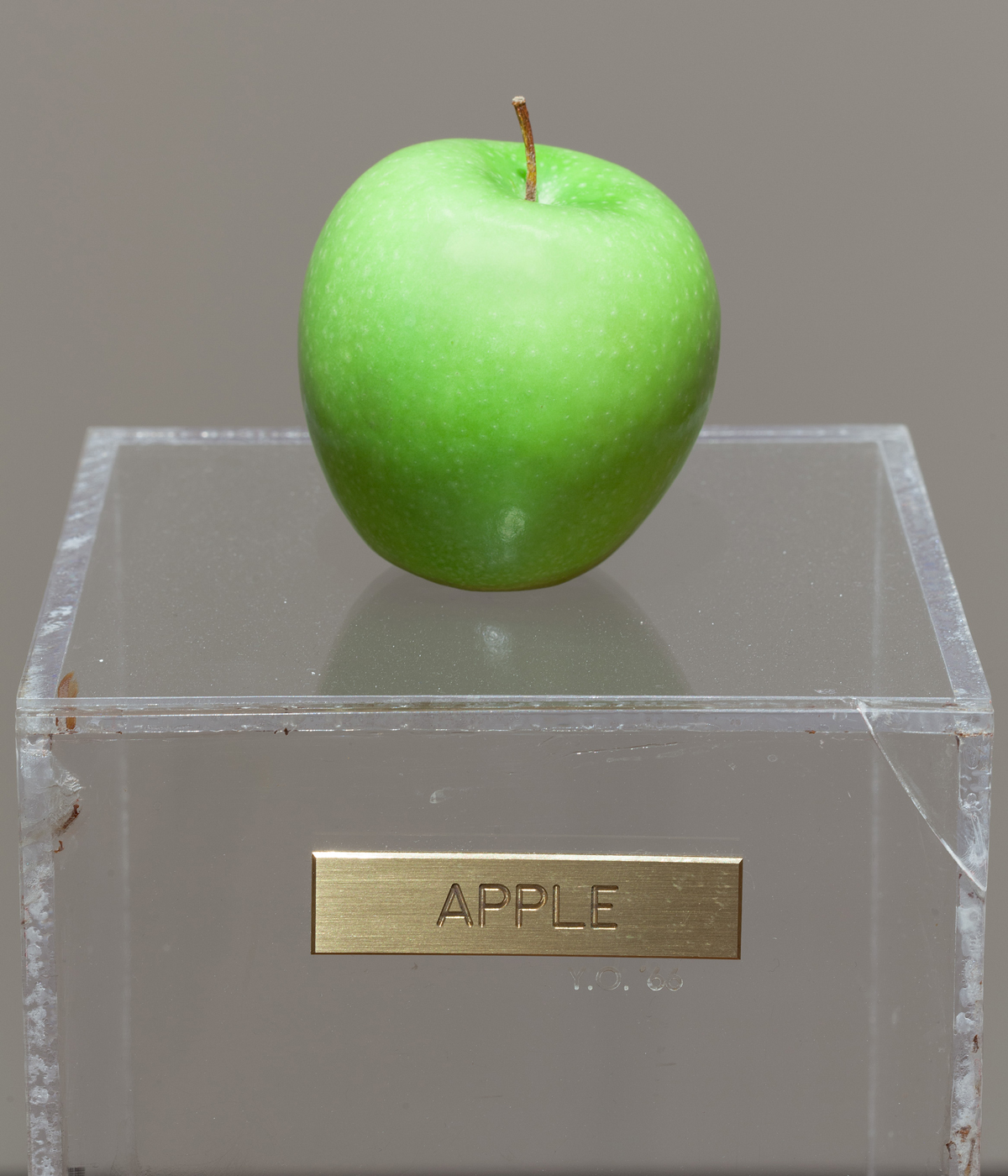
Yoko Ono, Apple, 1966, from ‘Yoko Ono: One Woman Show’, 1960-1971, MoMA, NYC, 2015. Photo © Thomas Griesel
The exhibition takes its name from Ono’s concerts and events in London and Liverpool in 1966 and 1967, where ‘silent’ music reigned, present only in listeners’ minds. Here, music is everywhere, including anthems Sisters O Sisters (1972), Woman Power (1973) and Rising (1995), supporting Ono’s work for violence against women in a multisensory mash-up.
‘Yoko Ono: Music of the Mind’ at Tate Modern, London, 15 Feb – 1 September 2024
Receive our daily digest of inspiration, escapism and design stories from around the world direct to your inbox.
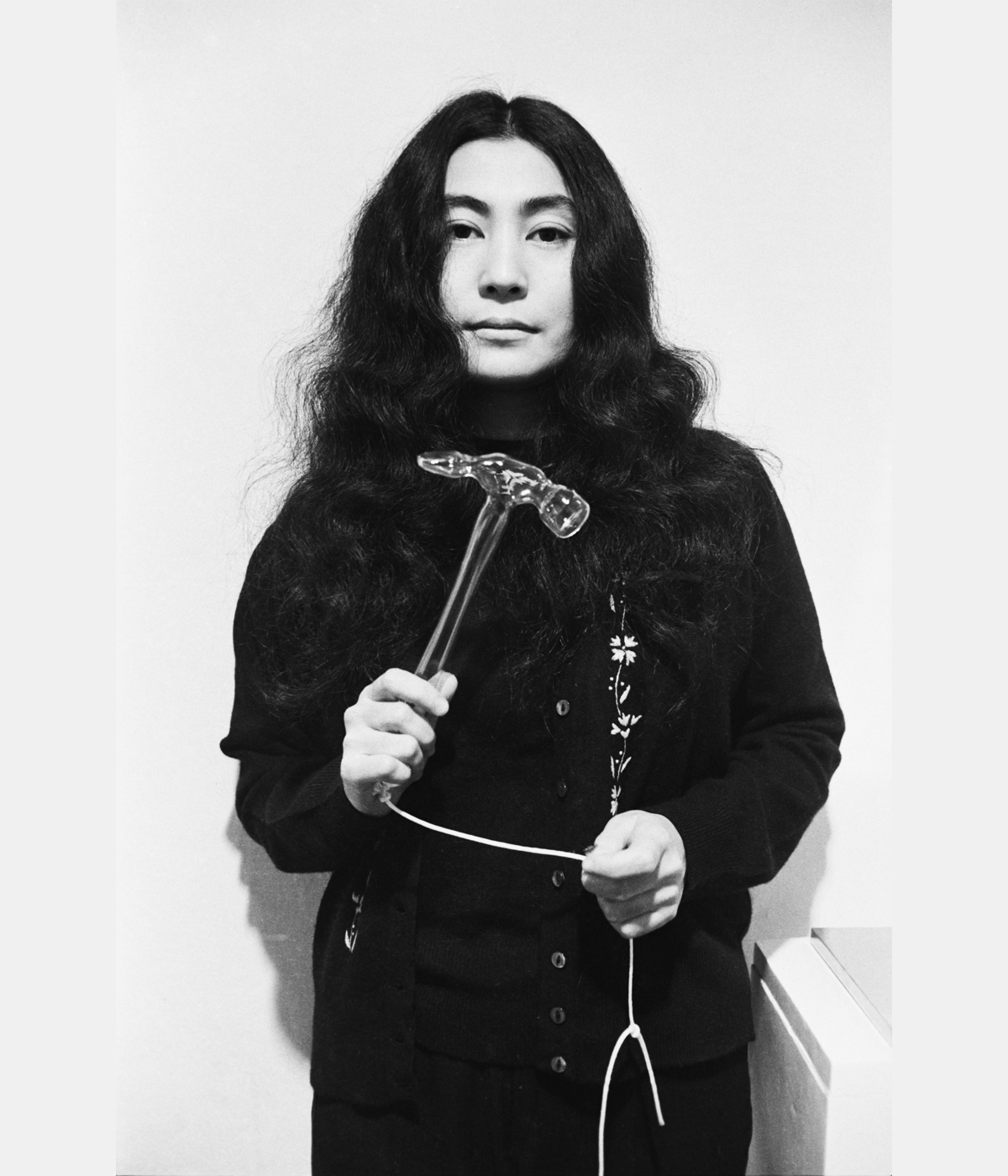
Yoko Ono with Glass Hammer, 1967 from ‘HALF-A-WIND SHOW’, Lisson Gallery, London, 1967. Photo © Clay Perry
Hannah Silver is the Art, Culture, Watches & Jewellery Editor of Wallpaper*. Since joining in 2019, she has overseen offbeat art trends and conducted in-depth profiles, as well as writing and commissioning extensively across the worlds of culture and luxury. She enjoys travelling, visiting artists' studios and viewing exhibitions around the world, and has interviewed artists and designers including Maggi Hambling, William Kentridge, Jonathan Anderson, Chantal Joffe, Lubaina Himid, Tilda Swinton and Mickalene Thomas.
-
 A local’s guide to Florence: 9 unmissable haunts
A local’s guide to Florence: 9 unmissable hauntsOur contributing editor Nick Vinson spends half the year in Florence. Here, he takes us on a tour of his don’t-miss diversions
-
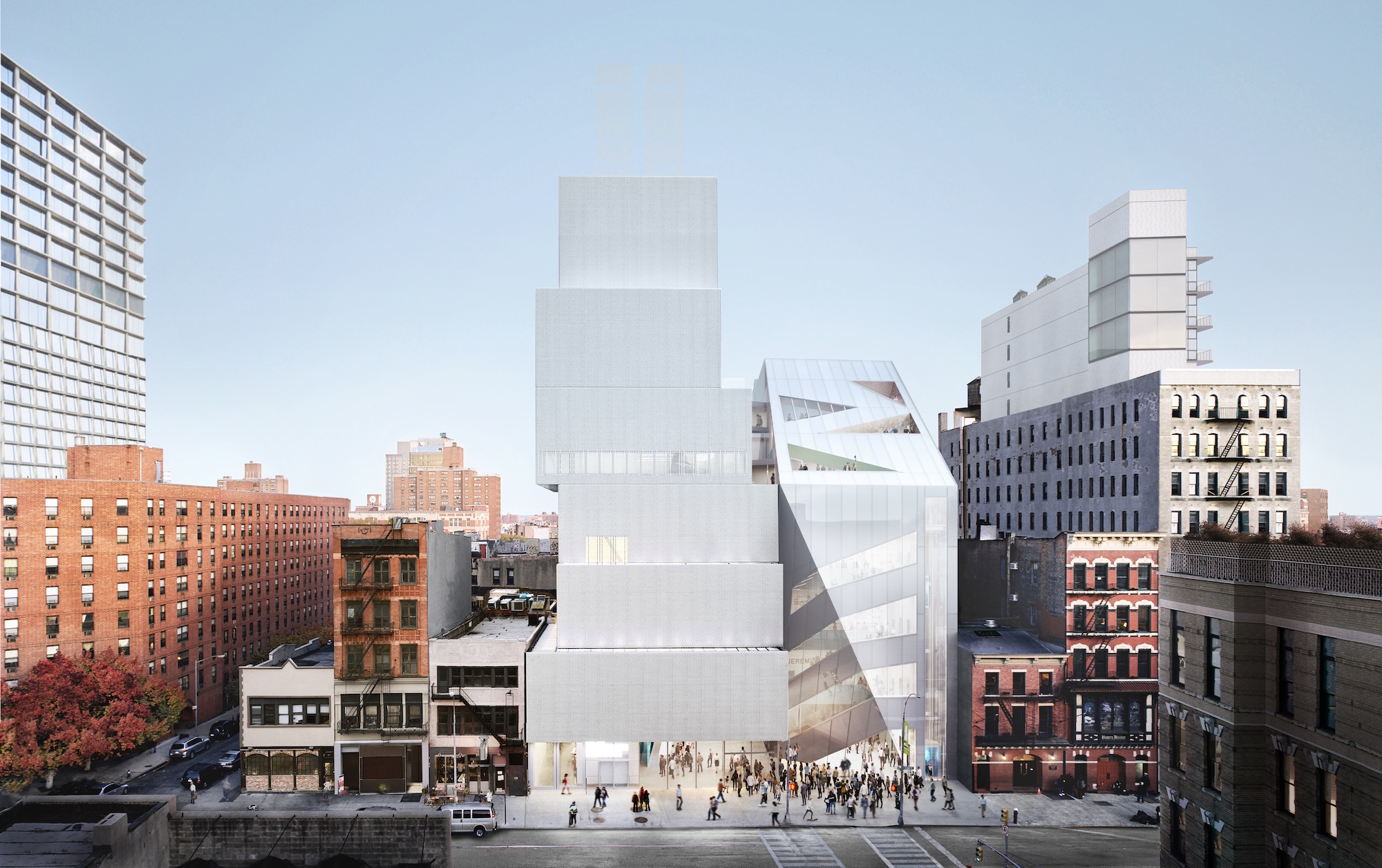 The New Museum finally has an opening date for its OMA-designed expansion
The New Museum finally has an opening date for its OMA-designed expansionThe pioneering art museum is set to open 21 March 2026. Here's what to expect
-
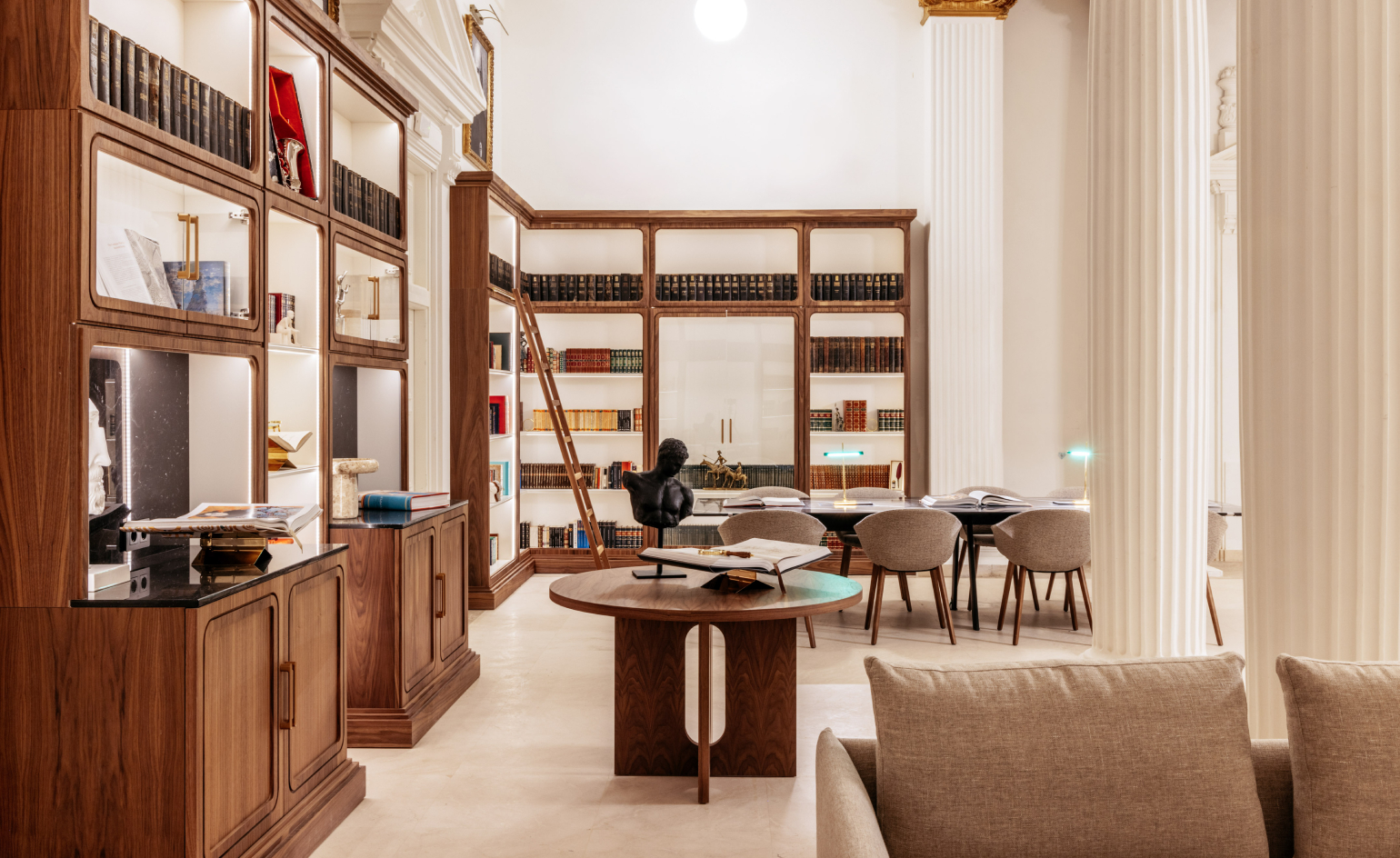 This bijou hotel in Madrid doubles as a cultural hub
This bijou hotel in Madrid doubles as a cultural hubCasa de las Artes is located within the Spanish capital’s ‘Art Triangle’. Designed by ASAH Studio, it offers the warmth and intellect of one of the many neighbouring museums
-
 Wallpaper* Design Awards: meet Klára Hosnedlová, art’s Best Dreamscaper
Wallpaper* Design Awards: meet Klára Hosnedlová, art’s Best DreamscaperThe immersive worlds that the Czech artist creates make her a worthy Wallpaper* Design Award 2026 winner; she speaks to us ahead of her first show at White Cube, London
-
 Out of office: The Wallpaper* editors’ picks of the week
Out of office: The Wallpaper* editors’ picks of the week'Tis the season for eating and drinking, and the Wallpaper* team embraced it wholeheartedly this week. Elsewhere: the best spot in Milan for clothing repairs and outdoor swimming in December
-
 Out of office: The Wallpaper* editors’ picks of the week
Out of office: The Wallpaper* editors’ picks of the weekFar from slowing down for the festive season, the Wallpaper* team is in full swing, hopping from events to openings this week. Sometimes work can feel like play – and we also had time for some festive cocktails and cinematic releases
-
 The Barbican is undergoing a huge revamp. Here’s what we know
The Barbican is undergoing a huge revamp. Here’s what we knowThe Barbican Centre is set to close in June 2028 for a year as part of a huge restoration plan to future-proof the brutalist Grade II-listed site
-
 Out of office: The Wallpaper* editors’ picks of the week
Out of office: The Wallpaper* editors’ picks of the weekIt’s wet, windy and wintry and, this week, the Wallpaper* team craved moments of escape. We found it in memories of the Mediterranean, flavours of Mexico, and immersions in the worlds of music and art
-
 Sean Ono Lennon debuts music video for ‘Happy Xmas (War Is Over)’
Sean Ono Lennon debuts music video for ‘Happy Xmas (War Is Over)’The 11-minute feature, ‘War is Over!’, has launched online; watch it here and read our interview with Sean Ono Lennon, who aimed to make a music video ‘more interesting’
-
 Each mundane object tells a story at Pace’s tribute to the everyday
Each mundane object tells a story at Pace’s tribute to the everydayIn a group exhibition, ‘Monument to the Unimportant’, artists give the seemingly insignificant – from discarded clothes to weeds in cracks – a longer look
-
 Out of office: The Wallpaper* editors’ picks of the week
Out of office: The Wallpaper* editors’ picks of the weekThis week, the Wallpaper* team had its finger on the pulse of architecture, interiors and fashion – while also scooping the latest on the Radiohead reunion and London’s buzziest pizza